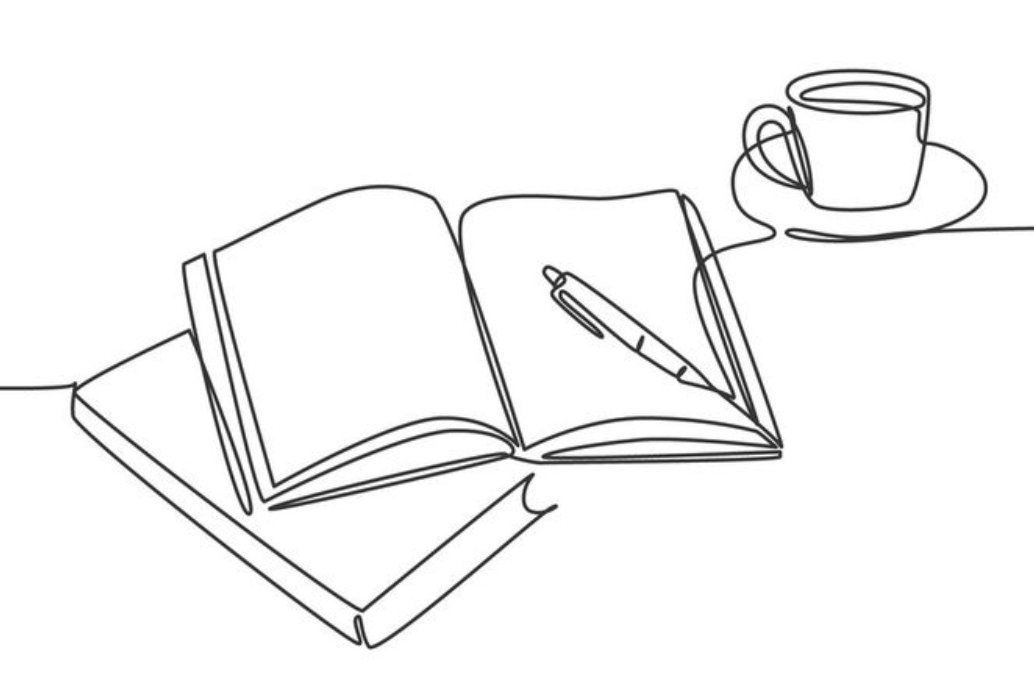Leave: A guide to restorative retreating
I have a lot to say about retreating. It’s the topic of my new book project.
About the book
Working parents are burned out. Work, parent, repeat. Have you ever thanked your dentist for a peaceful 30 minute filling or fallen asleep at a concert you’ve been looking forward to for months after one drink? When you don’t have margin or direction in your life, you feel stuck. Burnout leads to resentment and irritability. It’s hard to remember what you like to do for fun, so you go for mindless over mindful self-care. You start to look forward to that next dentist appointment.
We want more from life than work and family. Or we want more from work or more from family. Several useful strategies have already been recommended - outsource when possible, establish routines, lower your standards, and if you have a partner, check in with them about a more equitable division of responsibilities. Another well-established strategy is self-care, but are we practicing restorative self-care?
This book presents a new strategy - leave. No, not that kind, just leave for a bit. Restorative retreating is two things: withdrawing from your regular life and renewing the part of yourself that needs attention. It’s purposeful and targeted to your immediate needs. In some seasons of life that’s simply your basic needs like sleep, good food, fresh air, or meaningful friendship. In other seasons of life you might need the break to focus on a project, reflect and set goals, or make a big decision.
Retreats are commonly used by artists, writers, yogis, religious people, and the wealthy. But you don’t have to find an existing retreat, pay a lot of money, or belong to a particular group to experience a restorative retreat. This book will inspire you to design your own restorative retreat in three doable steps.
Identify your retreat’s purpose. Decide what you want to get out of your retreat, as well as how you want to feel during and after your retreat. Your objectives may be easy to identify, or you may need to work through some prompts to nail down your purpose.
Choose restorative activities to meet your purpose. Restorative activities are mindful, unplugged, and based on your needs. I suggest activities in four categories: basic needs, therapeutic activities, productive pursuits, and fun.
Decide your retreat type. The three guidelines for any retreat type are to leave, prioritize your purpose, and leverage your resources. The three types of retreats include the Mini, the Two-Nighter, and the Immersive. Each type has unique benefits and considerations for your time and budget constraints.
Readers will be inspired by the retreating stories of others, including my own experiences. Practical tips in lists like “10 tips for retreating on a budget” and “10 excuses holding you back from your next retreat” make the content accessible. An easy read at 200 pages, you’ll be booking your retreat and basking in that sweet retreat anticipation in no time.
Inspiration
This book was inspired by my own experience retreating, a practice I’ve come back to in different phases of life. As a child and teen, I have positive memories of withdrawing to youth group retreats, mission trips, Girl Scouts trips, and weeklong stays at my Aunt’s house. As an adult, I found ways to retreat at academic conferences and hosted small group retreats for friends adjusting to new motherhood. In my 30s, one kid and a divorce later, I experimented with new ways of restorative retreating. Ultimately, I learned how much I need time and space to be a whole, happy person.
A few years later and remarried, the pandemic hit. Like many working parents, I could barely keep my head above water. I had a career, three kids (including two babies), a husband swamped with work, and no where to go. Restorative retreating became my lifeboat. Add a textbook contract and one more kid to the mix, and retreating continues to be my most valuable self-care tool. With time and space to myself, I can avoid the stories I start to tell myself when I dissolve into a puddle of small children. Withdrawing and restoring has helped me keep my sanity, see the big picture, and implement changes and goals that keep me looking forward to what’s next.
I leave to show up for myself. And I come back restored to show up for everyone else.
Inspiration for the book was also influenced by Wintering: The Power of Rest and Retreat in Difficult Times by Katherine May, I Miss You When I Blink by Mary Laura Philpott, and Laura Vanderkam’s body of work including her most recent book, Tranquility by Tuesday.
Audience
This book’s audience is working moms who want more than the daily grind of work and family. They already have some time-saving, lower-your-standards strategies in place (we know! hire a cleaner and get your groceries delivered). They practice self-care to a varying degree of success, and they’re looking for a mindful way to level up their self-care game. Massages and hikes are wonderful, but have they tried a Two-Nighter Retreat? The retreat-anticipation alone is divine.
The reader audience reads books in the happiness self-help, success self-help, work life balance in business, personal time management, and women and business genres. They listen to podcasts such as Best of Both Worlds, What Fresh Hell, Herself, Edit Your Life, and The Girl Next Door.
